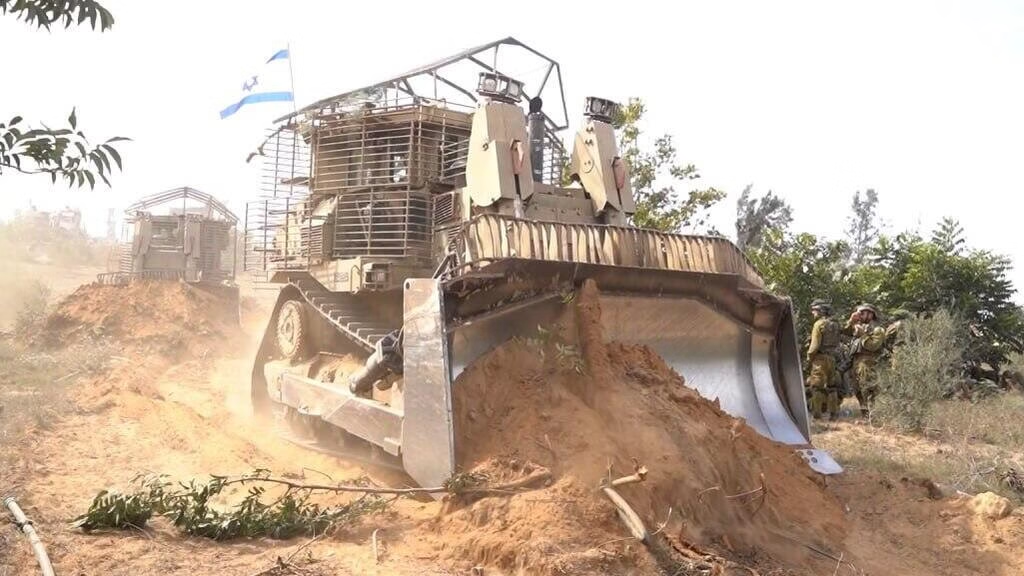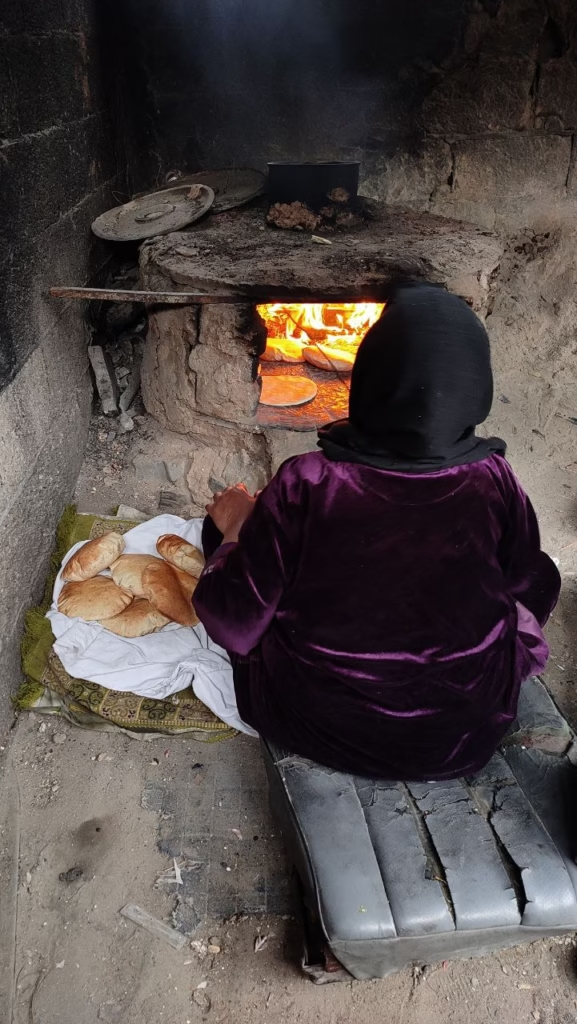After the war, the question shifts: how does Gaza rebuild when so little remains and who decides what rises from the rubble?
3 Narratives News | October 22, 2025
The International Court of Justice ruled on Tuesday that Israel has
“not met the minimum requirements of its obligations”
Under international humanitarian law, it renewed the debate over what reconstruction means in a place where destruction is still measurable from orbit. Satellite surveys from UNOSAT show more than half of Gaza’s buildings damaged or destroyed since October 2023, some 150,000 structures reduced to debris. Behind each statistic sits a humanitarian equation: food first, shelter next, recovery much later.
The human cost has been immense. Israel’s losses in the October 7 incursion and subsequent attacks numbered more than 1,400 dead, mostly civilians. In Gaza, local health authorities list more than 35,000 killed and over a million displaced. As ceasefires flicker and relief convoys crawl through Rafah, policy makers face an uncomfortable question: when does rebuilding begin, and who leads it?
Context
Reconstruction after conflict is never neutral. In Gaza, politics defines cement — but grief defines time. The United Nations estimates physical losses above $18 billion, while World Bank assessments suggest that restoring basic infrastructure—power, water, hospitals, schools—would take at least five years and triple Gaza’s pre-war GDP.
Yet the harder recovery may be psychological. The population is younger than almost anywhere else on earth, and now more than half of Gazans are displaced. Surveys by humanitarian groups show that a generation of children under 15 has seen more airstrikes than school terms. Among adult men aged 18–40, who form Gaza’s professional and construction base, losses are estimated in the tens of thousands. Economists warn that such demographic shocks can freeze an economy for decades; sociologists call it “moral attrition,” the slow fading of civic confidence.
No single authority controls what happens next. Israel holds most entry points; Hamas retains internal networks; Egypt, Qatar, and the United Nations broker aid corridors; and the United States links long-term reconstruction to security reform. Between them sits a society trying to rebuild not just its cities, but its sense of continuity.
Narrative 1 — The Western Blueprint
In Western capitals, “rebuilding Gaza” is synonymous with conditional aid. The U.S. State Department and European donors frame reconstruction as leverage: funds will flow only through vetted bodies once “credible governance” replaces Hamas. Washington favours a U.N.–Palestinian Authority transitional mechanism backed by Gulf financing and Israeli security oversight. The concept echoes past models in Kosovo and Bosnia: international trusteeship paired with incremental local control.
Critics inside these governments warn that this approach risks delay.
“You can’t rebuild through a blockade,” a senior EU official told Reuters.
Every ton of cement, steel, or glass must clear Israeli inspection, and construction equipment is often treated as dual-use matériel. Western planners argue that oversight is essential to prevent rearmament; humanitarian agencies counter that over-securitization keeps hospitals unbuilt and sewage untreated.

For Washington, the optics matter almost as much as the outcome. A Trump-led mediation team has claimed partial credit for “restoring deterrence” but faces skepticism from allies who see a half-rebuilt enclave as a breeding ground for future conflict. In their logic, reconstruction is part of containment: invest enough to stabilize, not enough to empower.
Narrative 2 — The Regional Alternative
Across the Arab world, the conversation sounds different. Egypt, Qatar, and the U.A.E. see Gaza’s ruins less as a security problem than a regional test of legitimacy. Reconstruction pledges exceed $10 billion, though most remain un-disbursed. Tehran has called for an outside process “free from Western interference,” while members of BRICS+ propose financing via the New Development Bank. China’s foreign ministry has already framed Gaza’s rebuilding as “a moral duty of the multipolar world.”
These plans challenge the Western monopoly on post-war aid but raise coordination fears. Multiple donors mean multiple standards, currencies, and contractors. Beijing sees pluralism as resilience; Israel sees it as strategic encirclement. For Palestinian economists, the question is simpler: who pays salaries, fixes water, and clears rubble? The UNDP task force in Amman projects that 80 million tons of debris must be removed before rebuilding can begin. Without open crossings and safety guarantees, engineers cannot enter, and Gazans cannot rebuild themselves.
Narrative 3 — The Silent Story
Beneath diplomacy lies exhaustion. In northern Gaza, UNOSAT imagery shows districts where 90% of buildings are gone, whole grids erased. Economists call it “negative capital formation”: destruction outpacing repair. Families who once debated politics now debate which room is least likely to collapse. Children study in tents; doctors operate by lantern light; concrete dust lingers in lungs and language alike.

Yet the loss extends far beyond infrastructure. Gaza’s universities estimate that nearly one in five men aged 18 to 40—the core of its labour force—are dead, missing, or displaced. “Every engineer we lose is a decade of reconstruction delayed,” a UNDP field officer told Reuters in April. Grief itself slows recovery: economists call it “social-capital loss,” the erosion of trust and coordination. Studies from Syria and Ukraine show that when displacement passes 18 months, fewer than 30 percent of refugees return, even when rebuilding starts. Gaza’s timeline is already beyond that mark.
For now, the rubble stands as both evidence and obstacle—a terrain where every policy meets gravity. Whether led by donors, neighbours, or Gazans themselves, rebuilding will test not only budgets but belief: that after devastation, architecture can still express dignity, and that beneath the ruins, the will to live together again can endure.
(For related coverage, see Who Rules Gaza’s Rubble: The Battle to Rebuild After the Ceasefire and When Hope Meets Reality: Trump’s 20-Point Peace Deal.)
Key Takeaways
- UNOSAT estimates over 50% of Gaza’s structures destroyed since 2023.
- The ICJ ruled Israel failed minimum humanitarian obligations but stopped short of sanctions.
- Western donors tie aid to governance reform; regional blocs push parallel financing.
- UNDP says 80 million tons of debris must be cleared before rebuilding can start.
- Reconstruction will likely take 5–7 years and cost $18–25 billion.
Questions This Article Answers
- What did the ICJ decide about Israel’s obligations in Gaza?
- How extensive is the destruction of Gaza?
- Who is expected to administer reconstruction?
- How are Western and regional plans different?
- Why might delays in rebuilding deepen displacement?


